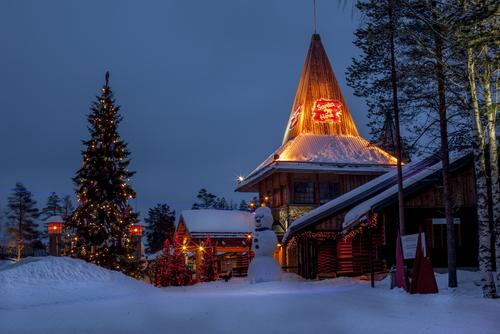Christmas has enormous economic significance. As a regular and popular tradition, it lends itself to new ideas and innovation at a time of year when people expect to spend money. New businesses (and jobs) have emerged for party organizers, decorating services, and theme parks.
There is also plenty of economic activity going on behind the familiar festive scenes—because Christmas is not just about shopping—it is about the experience of Christmas.






